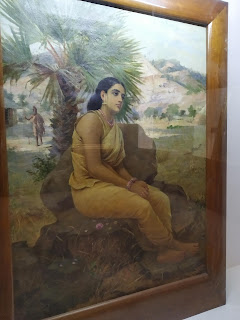"
Smiling to outsiders and shouting on my insiders,
working for my outer image & undermining relationships,
One can't play a bully's game and act as a victim too,
One question & my game's afoot for the devil says boo,
working for my outer image & undermining relationships,
One can't play a bully's game and act as a victim too,
One question & my game's afoot for the devil says boo,
Accustomed to pamper and folly, in quest of negativity, why the anger?
Reserves of patience run out, why fight these pangs of hunger?
A seething fear or frustration forces me to be bad, but resist it,
For God's sake, I am a man and not the clown in Stephen king's 'IT'.
Reserves of patience run out, why fight these pangs of hunger?
A seething fear or frustration forces me to be bad, but resist it,
For God's sake, I am a man and not the clown in Stephen king's 'IT'.
Tempted to lash the tongue at my beloved, but no, don't do,
A mother's affection & father's pride look with love to me too,
One good word, one gentle smile, no overthing would go a great way...
For the few seconds I live before death, I intend to make merry!
A mother's affection & father's pride look with love to me too,
One good word, one gentle smile, no overthing would go a great way...
For the few seconds I live before death, I intend to make merry!
Let a thousand hands pray for my failure & let a million minds accuse me of sarcasm,
May all my good deeds be misunderstood and cast into the unknown fathom,
But deep in my heart, with my conscience clear, alone & alive...
I endure, live and move on that no power of this mortal earth could deprieve.
"

























